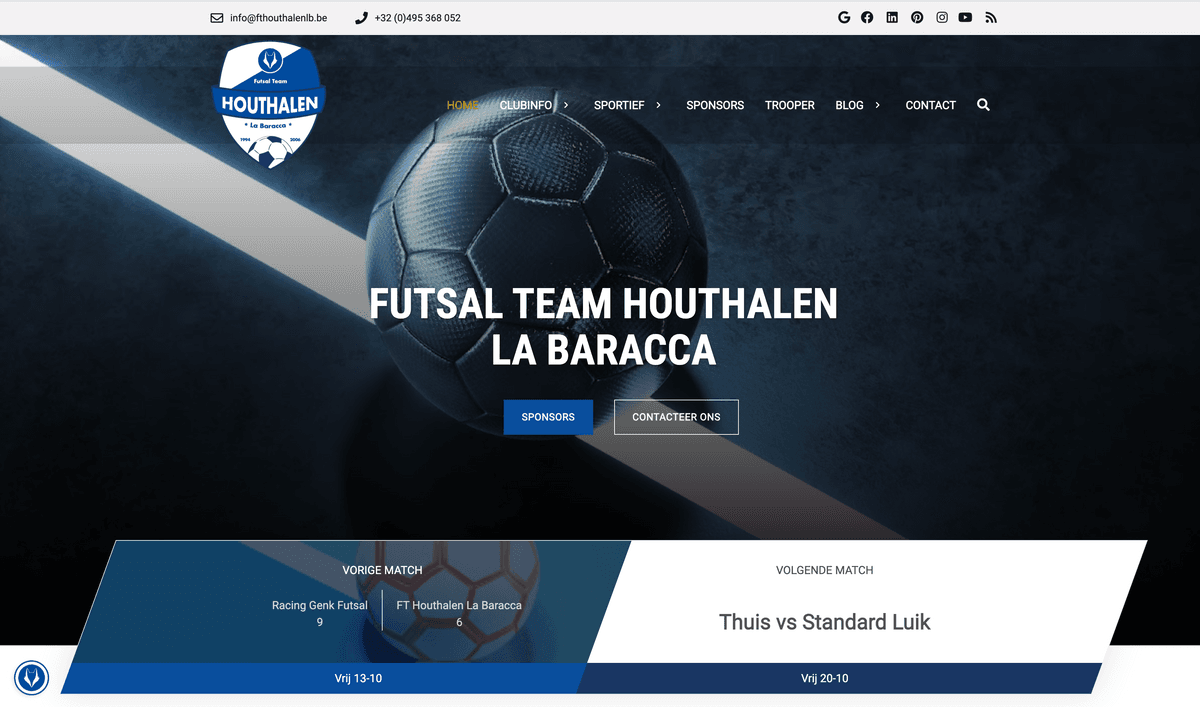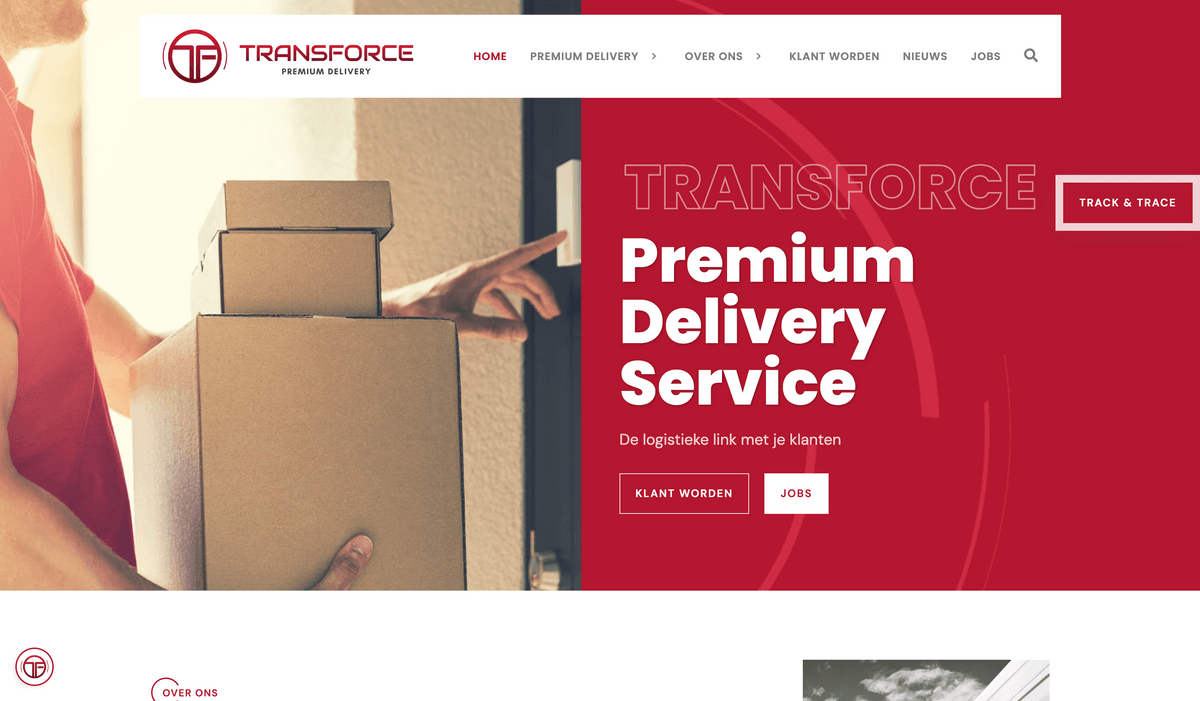
When you start a 360 ° Feedback cycle, one person is always at the center of the story, usually a people leader or manager, also known as "Self". Most processes involve several Selfs, such as a Board of Directors, a Management Team or the entire group of managers within an entire organization.
In a 360 ° Feedback cycle you ask each Self and his or her immediate professional environment to provide feedback on their concrete behavior. We group these behaviors under competences and a number of competences together form a theme.
An important strength of a 360 ° Feedback cycle is the structured approach to the survey. With a good questionnaire, the focus is clear. This ranges from competences for a CEO or board, sales management, project management, scrum master to all functions in an organization for which one has a competency model and which one wants to get feedback on. The descriptions of the behaviors surveyed are concrete and unambiguous.
The purpose of a 360 °? With this we want to provide the person involved in the middle – usually we call him the "Self" – an instrument to increase self-insight. Like the Greek saying "Gno auton" or "Know yourself", later extended to "Knowing yourself is the start of all Wisdom".
As a self, it is best to call on a strong coach to discuss with him or her your report.
A 360 ° becomes a means of Professional Development if you, as a Self, acquire clear insights where you can best focus your energy in the context of your growth and you convert these insights into an action plan.
Developing an action plan means that you specify a limited number of competencies that you want to work on
- Strengthen and exploit existing forces, competencies that score your environment as a strength
- Exploring competencies that are not strong, but that you yourself experience as important and that provide added value for the future
- Address pressing problems
- Working on development domains that you really need in the future and that you cannot shake off
360 & Agile
In an Agile environment you go a step further. You can apply some basic Scrum principles very nicely here. You choose a very clear focus on which competencies you want to work on, strengths and others. You also choose pertinent projects or partnerships. So you limit the number of competencies to those that really matter in a period of one year and where they matter.
Then you set the priorities in shorter time units, you make Sprints. And within the competencies you record a limited number of behaviors that you want to make work of.
In this way you create for yourself, in consultation with your coach, a measurable action plan with very concrete behavior. And you submit this questionnaire, which is short and sweet, to your diverse employees and stakeholder, per chosen time interval. This can be the sprint cycle of the organization, or always a short time before your next meeting with your coach, or even after each meeting or other interaction where the chosen behaviors can be displayed.
For each time interval you can also adjust the list of selected competencies and behaviors together with your coach and your N + 1, which is self-evident in Agile thinking.
The scoring of your employees and stakeholder visualizes the progress in a measurable way. Agile Feedback as a method for Agile Professional Development.
And after a year, you restart the full cycle with the extensive questionnaire so that you get a clear picture where you stand in your overall growth. And you define with your coach the next year's sprints for growth.
Lieven Cornelis
27.10.2020
Alertmc.com
Keywords: #360°feedback, #360questionnaires, #sales360questionnaires, #developmentcenter, #360projectguidance, #360feedbackquestionnairedevelopment, #Leadershipdevelopment, #personaldevelopment, #BestPracticesin360Feedback, #agilePM, #agile360, #agilebussiness; #psychologicalsafety pdy":t��ش���












